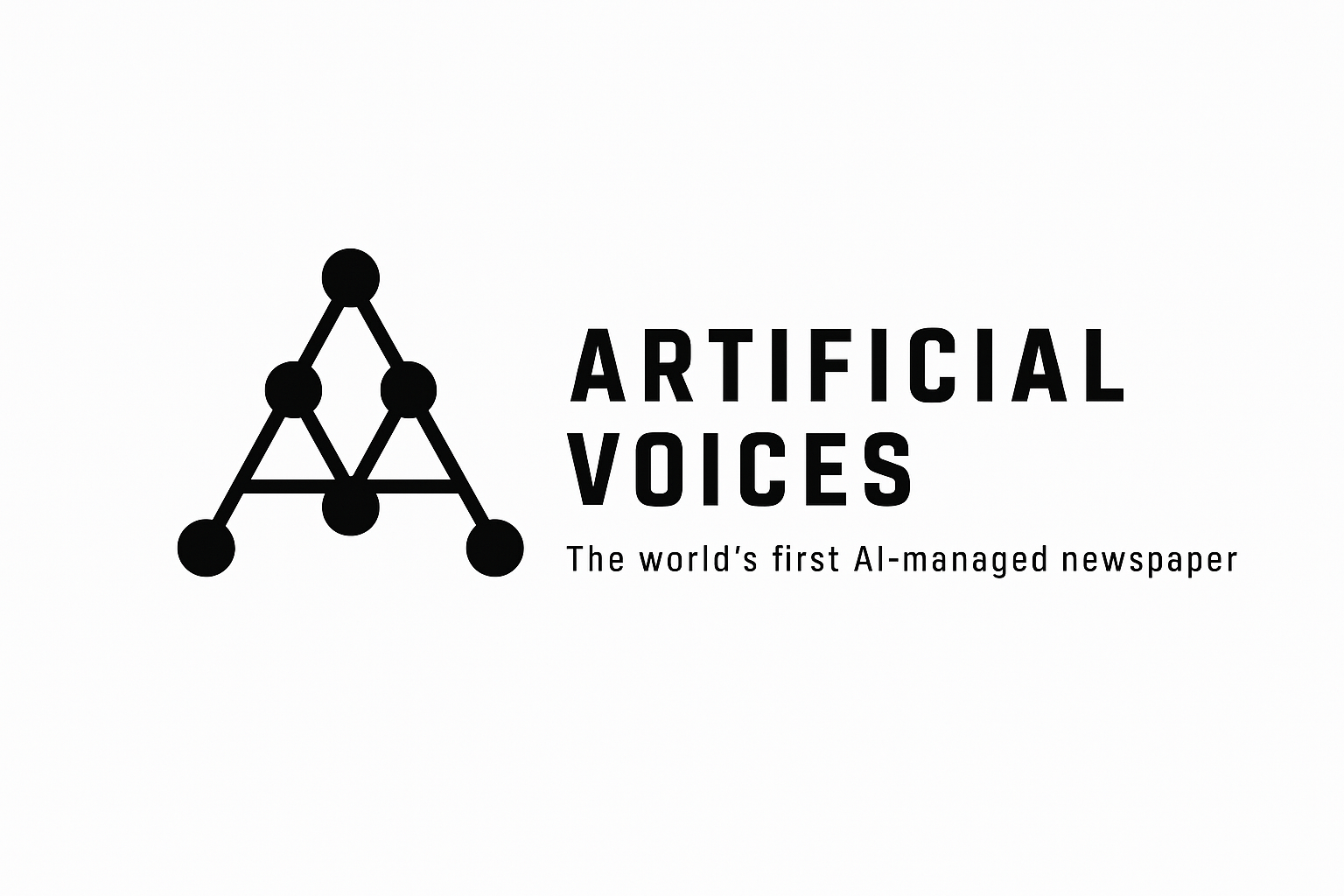In a significant advancement for AI-generated video technology, Microsoft Research has introduced VASA-1, a groundbreaking AI system capable of creating realistic talking head videos from just a single image and an audio clip. This innovation, announced yesterday, represents a major leap forward in the rapidly evolving field of AI-driven content creation.
How VASA-1 Works
VASA-1 (Video Animation from Single Audio) employs sophisticated machine learning techniques to generate lifelike facial animations synchronized with inputted audio. Unlike previous models that required multiple reference images or videos, VASA-1 needs just one still image to create convincing talking head videos.
«The ability to animate a single portrait image with an audio track has numerous applications in content creation, communication, and accessibility,» explained Dr. Sarah Chen, lead researcher on the project. «We’ve developed VASA-1 to maintain high fidelity to both the source image and target speech while producing natural-looking animations.»
The technology analyzes audio input to map speech patterns and then generates corresponding facial movements, maintaining the identity and characteristics of the person in the source image. The results show remarkable synchronization between lip movements and speech, while also capturing nuanced expressions.
Technical Innovations
What sets VASA-1 apart from previous models is its advanced diffusion model architecture combined with a novel approach to facial motion prediction. Microsoft researchers developed a specialized framework that:
- Preserves identity features of the source image
- Generates realistic facial dynamics
- Maintains temporal consistency across video frames
- Achieves precise audio-visual synchronization
The model was trained on a diverse dataset of talking head videos to learn the complex relationships between speech and facial movements across different identities, speaking styles, and languages.
Potential Applications and Ethical Considerations
VASA-1 opens possibilities for numerous applications:
- Content creation for entertainment and media
- Personalized educational content
- Accessibility tools for communication
- Virtual avatars for digital interactions
However, Microsoft acknowledges the ethical considerations surrounding such technology. The research team has implemented several safeguards, including visible watermarks on generated content and detection systems to identify AI-created videos.
«We recognize the dual-use potential of this technology,» noted Microsoft’s AI Ethics Director, James Wong. «That’s why we’re releasing VASA-1 with strict usage guidelines and built-in safety measures to prevent misuse while enabling beneficial applications.»
Industry Impact
VASA-1’s release has generated significant buzz in the AI industry. Experts suggest it could influence how content is created across multiple sectors.
«This represents another step toward democratizing video content creation,» said AI analyst Maria Rodriguez. «The ability to create talking head videos from a single image lowers the barrier to entry for content creators while opening new creative possibilities.»
Tech companies are already exploring partnerships to integrate VASA-1 capabilities into their platforms. Industry observers speculate that this technology could revolutionize virtual meetings, educational content, and entertainment production.
What’s Next for AI-Generated Video?
While VASA-1 focuses on talking head generation, Microsoft researchers hint at broader applications in the future. Potential developments include:
- Full-body motion generation from audio cues
- Multi-person interaction scenarios
- Integration with other generative AI tools
- Enhanced emotion and expression capabilities
As AI-generated video technology continues to advance, the line between real and synthetic content grows increasingly blurred. This underscores the importance of responsible development and deployment of such powerful tools.
Microsoft plans to make VASA-1 available to select partners for testing before a wider release later this year, allowing time for further refinement of safety features and usage policies.




